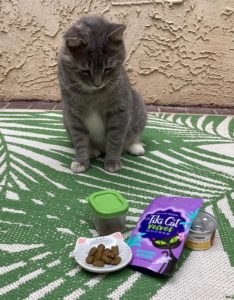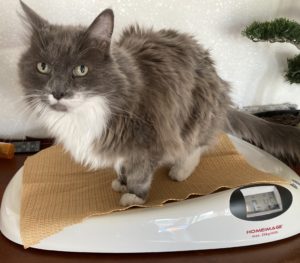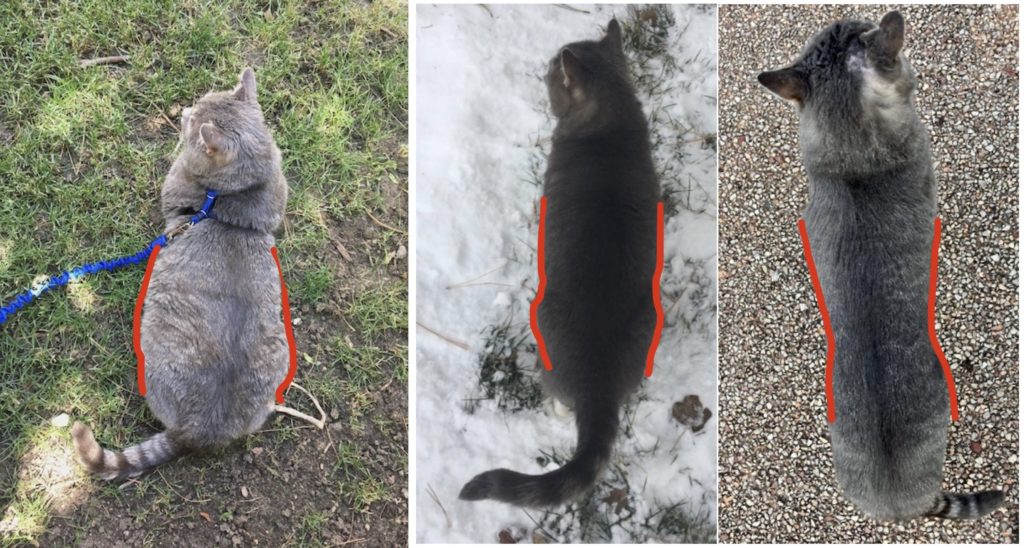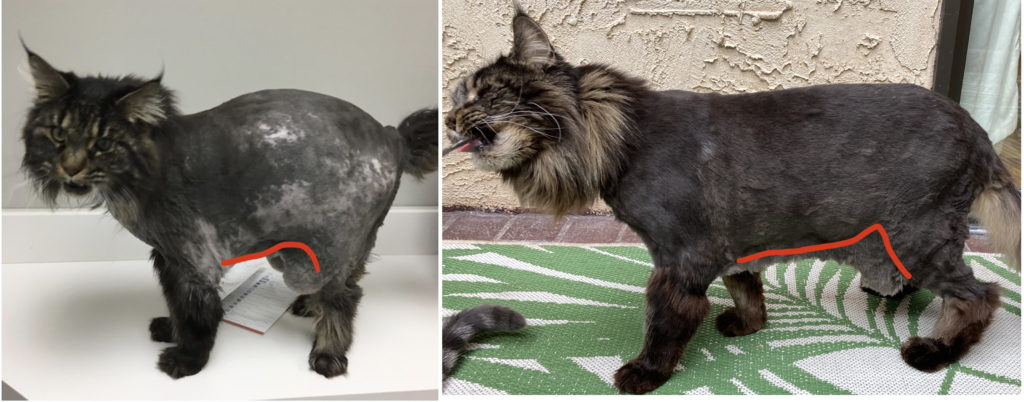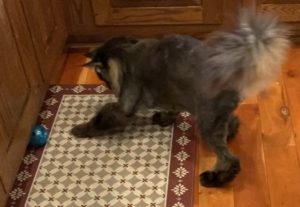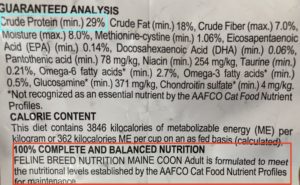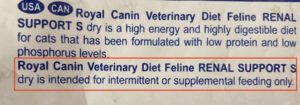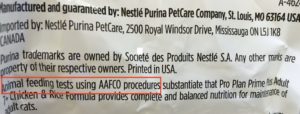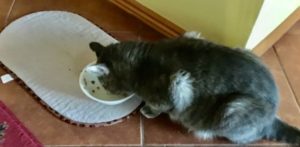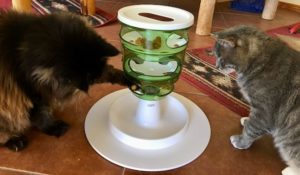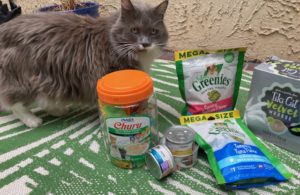
Finicky Cats and Fat Cats: How we affect the way our cats eat
Finicky cats
Cats are notorious for being picky eaters – the pet food industry has responded to this by coming out with more products with different textures, tastes, and novel ingredients. We know that cats can taste the amino acids in food and are discriminating when it comes to spoilage and quality of protein in their food. Are they really that picky? What does my cat taste?
It is natural for you to become concerned or frustrated when your cat eats a few mouthfuls and walks away. You may think that she does not like the food so you offer a different type; you offer the food again, trying to coax her to eat. When we become increasingly involved in our cats’ eating, we may inadvertently cause stress and anxiety for them.
Your cat may not be finicky – he has a small stomach and can only eat so much. Perhaps the meal portion is too large – smaller frequent meals suit his physiology better. How to Feed Your Cat : Feeding Multiple Small Meals
Leave That Cat Alone!
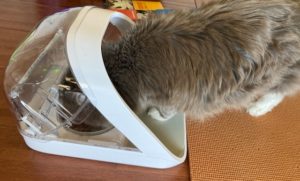
My oldest cat, Athena, is 15 years old and has chronic kidney disease. The younger cats in the house want to eat her food and would wait close by while she eats to get what she leaves. Athena would eat a few mouthfuls and leave. I started to follow her around with the food dishes to make sure she had an opportunity to eat. She often would walk away from me and the food bowl. She was losing weight!
The Problem
- Athena should have a diet with a phosphorus binder in it due to her kidney disease
- She needs to have food available for grazing throughout the day that other cats can’t eat
- She needs to access her food herself without an over attentive owner (me!) hovering over her.
A Solution
- Athena is offered 1 tbsp of food twice daily at the same time the other cats are meal fed.
- The cats are spread apart (over 6 feet away from each other) while eating.
- We bought Athena a microchip feeder and put food for day and night time grazing in it.
- Her chip feeder is in the second floor bedroom where she spends most of her time during the day.
- I don’t follow her when she is done the twice daily feeding – I allow the younger cats eat her leftovers that are not in the chip feeder.
The Fat Cat -How we affect the way our cats eat
- The fat cat has no reason to prowl around looking for food
- Food is left out in the same place every day
- In multi-cat homes, it is not uncommon for all cats to eat in the same place
- The fat cat may gorge himself to make sure other cats don’t eat his food
- A bowl of food left out for our fat cat to graze on may trigger self-soothing activities such as over-eating and over-grooming
Solutions for our fat cats…
- Feed several smaller meals – measure them!
- Place food in different locations – keep him moving
- In multi-cat homes, feed the cats apart and use individual bowls
- Consider microchip feeders to restrict access to other cats’ food
Don’t forget you can feed on different levels – cats who prefer high spaces may like to snack up on the cat tree or other high space!
How Much Should I feed My Cat?
Cats, like people, are individuals and some can eat more than others and remain slim. Below is a link to a chart of weight and calories. Calorie amounts for indoor cats are on the lower end of the range. Calories for most cat foods can be found on the package or on the manufacturer’s website.
My cat should lose weight…
- measure what your cat eats
- evaluate their body and muscle condition
- weigh them
- do not adjust their calories by more than 10-20% at a time
- consult with your veterinary team to make sure your cat gets the right amount of calories!
Frequent meals – happier cats?
A recent study found that once daily canned feeding for cats may help with weight loss. One group of cats had 90 minutes to eat 198 kcal canned food once a day. The second group were offered the same amount of food in 4 feedings, 20 minutes long.
Although group 1 consumed less calories than group 2, the cats fed 4 x daily were observed to be more active, particularly during the daylight hours (when the staff was around).
Frequent meals stimulate your cat and keep him from becoming bored and depressed. Frequent meals also increase your interaction with your cat.
